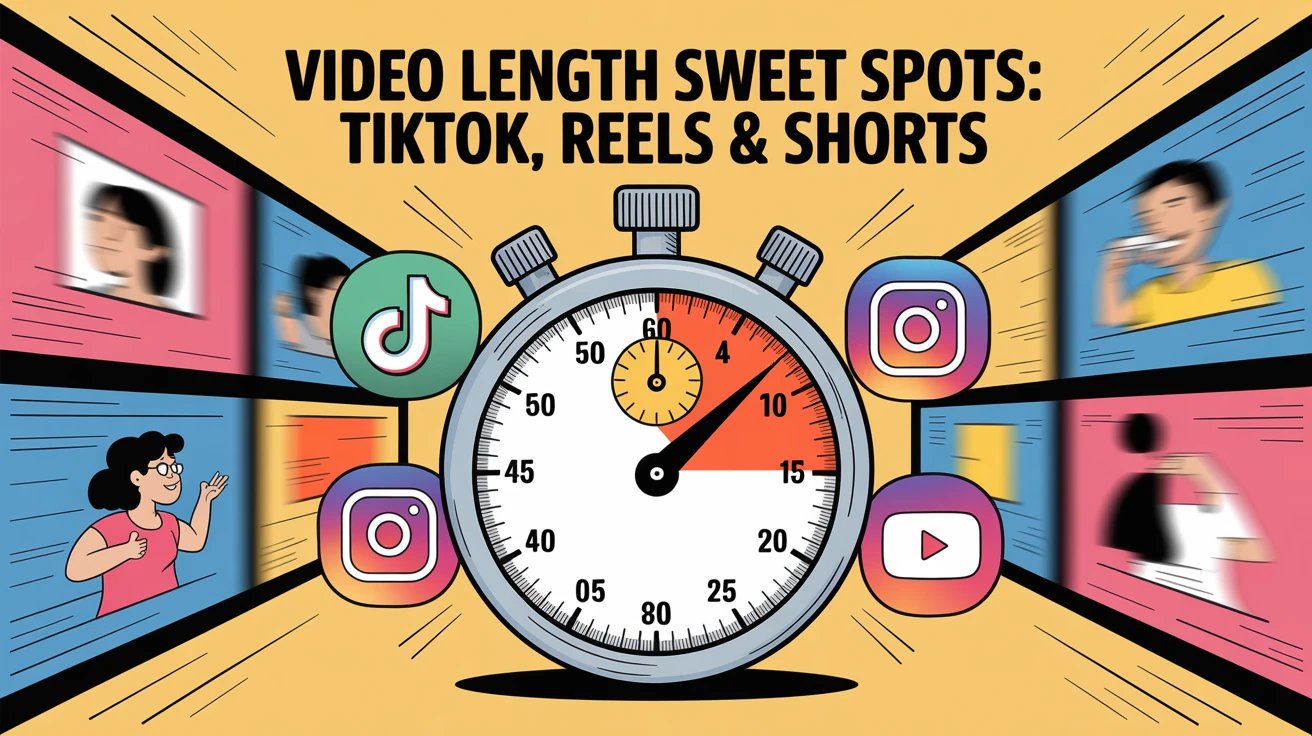Staying ahead of user expectations and industry trends is critical for businesses looking to succeed. For digital product developers, understanding how users interact with their products and services—what they like, dislike, and what their needs are—has never been more crucial. One of the most effective ways to tap into this rich source of insights is through social media monitoring.
Social media monitoring refers to the practice of tracking conversations, mentions, and trends across social platforms to understand public sentiment and feedback. This invaluable resource can play a pivotal role in digital product development by informing decisions, identifying pain points, and improving user experience. In this article, we will explore the significant role of social media monitoring in digital product development and how it helps designers and developers create products that meet real user needs.
Understanding Social Media Monitoring in Product Development
Before looking into the specific benefits, it’s essential to understand the scope of social media monitoring. It involves tracking brand mentions, hashtags, keywords, and user-generated content across platforms like Twitter, Facebook, Instagram, LinkedIn, Reddit, and even niche forums or product review sites. The goal is not just to identify what is being said about a product but also to gain a deeper understanding of user behavior, preferences, and pain points.
The value of social media monitoring in product development lies in its ability to offer real-time feedback, allowing developers to react quickly and adapt their strategies. In a world where user needs are constantly evolving, this agility is key to staying competitive.
Identifying User Pain Points and Frustrations
One of the primary benefits of social media monitoring is its ability to uncover user pain points. By tracking conversations around a product, developers can identify recurring issues that users are facing. These insights are often more direct and authentic than traditional feedback channels, such as surveys or user testing, because social media users tend to express their frustrations in an open, candid manner.
For example, if a mobile app is constantly being criticized on Twitter for crashing during specific tasks, the development team can investigate and address the underlying issue faster than they would through formal feedback channels. Similarly, if users are dissatisfied with the user interface (UI) or user experience (UX) design, social media can provide actionable insights into what exactly is causing frustration.
By aggregating data from various social media platforms, product developers can spot trends and address them promptly, which significantly enhances user satisfaction and loyalty.
Understanding Market Trends and User Expectations
Social media is not just a platform for user complaints; it is also an excellent resource for understanding market trends. Product developers can use social media to gauge the popularity of certain features, technologies, or design patterns, helping them align their digital products with current market expectations.
Consider the growing demand for privacy features. As privacy concerns become more prevalent, users are increasingly vocal about their preferences for data protection, transparency, and control over personal information. Social media platforms are full of discussions around the ethical use of data, leading product developers to rethink how their digital products handle user privacy.
By monitoring these discussions, companies can make more informed decisions about which features to prioritize. Social media can provide early signals about changing market preferences that could affect product design, positioning, or marketing strategies.
Engaging with Users for Feedback and Testing Ideas
Social media offers a unique opportunity to engage directly with users, allowing product developers to test ideas, features, and concepts in real-time. Many companies now use social media platforms as a space to post sneak peeks of new features, prototypes, or design concepts, asking for user feedback before rolling them out.
For instance, if a digital product team is considering redesigning a website or mobile app, they can share mockups or beta versions on platforms like Twitter, Instagram, or Facebook. This not only increases transparency but also fosters a sense of community and involvement among users. Feedback gathered through these platforms can guide final design decisions and reduce the risk of launching products that are out of touch with user needs.
Moreover, social media polls, Q&A sessions, or even influencer collaborations can generate valuable insights that help guide product development efforts. Engaging with the audience fosters a collaborative relationship that can lead to a better understanding of user needs and a more user-centric product.
Enhancing User-Centered Design with Social Listening
Social media monitoring plays a critical role in enhancing user-centered design, a design methodology focused on creating products that meet users’ needs, goals, and behaviors. By actively listening to conversations about their products, companies can better understand the emotional and functional aspects of user interactions, which are often difficult to capture through traditional market research methods.
For instance, users may discuss their experiences with a product’s usability on Reddit or Twitter, explaining not just the technical issues but also how they feel when using it. This kind of feedback is incredibly valuable for creating an intuitive, user-friendly product. Social listening, or the practice of monitoring social media discussions, enables designers to spot these emotional cues and align the product with the desires and expectations of the target audience.
Incorporating social listening data into the design process ensures that the final product is not just functional but also resonates with users on an emotional level, creating a deeper connection and improving overall user satisfaction.
Competitive Analysis and Benchmarking
Another important aspect of social media monitoring is competitive analysis. By tracking social media conversations about competitors’ products, digital product teams can benchmark their own offerings against industry standards and identify areas for improvement. Social media can reveal how competitors’ users are reacting to their products, highlighting what works and what doesn’t.
If a competitor launches a new feature that is well-received on social media, it may signal an emerging trend that your team should consider incorporating into your own product. Conversely, if competitors are facing backlash over a feature or decision, it’s an opportunity to avoid similar pitfalls in your own development process.
By continuously monitoring competitors and the market at large, product teams can stay informed about what is expected in their industry and adapt accordingly, ensuring they remain relevant and competitive.
Real-Time Adaptation and Agile Development
The agility of social media monitoring is a significant advantage for teams working in an agile development environment. Agile methodologies prioritize flexibility, with the aim of delivering incremental updates based on user feedback and changing requirements.
Social media allows teams to gather real-time data, which aligns perfectly with agile principles. If a product update or feature doesn’t land well with users, it’s possible to make quick changes and respond to feedback in the next sprint. This continuous loop of feedback and adaptation ensures that products are constantly evolving to meet user needs, improving user satisfaction over time.
Conclusion
Social media monitoring provides valuable insights into user needs, pain points, and preferences, allowing teams to create products that are more user-centric, relevant, and engaging. By leveraging social listening, engaging with users directly, and analyzing competitors, developers can stay ahead of the curve.
Ultimately, designing for user needs is at the heart of successful digital product development, and social media monitoring serves as a powerful tool for achieving this goal. By embracing the wealth of data available through social platforms, companies can create products that not only meet the functional requirements of their users but also foster emotional connections and long-term loyalty.



